The newly proposed High Definition Space Telescope (HDST), makes Hubble Telescope look like a toy.
Scientists are thinking about the successor of James Webb Space Telescope (JWST), that will be launched in 2018, the High Definition Space Telescope (HDST).
Artist’s conception of the proposed High-Definition Space Telescope, which would have a giant segmented mirror and unprecedented resolution at optical and UV wavelengths. Credit NASA/GSFC
The HDST features 12-meter wide segmented mirror, that would give much higher resolution than any current telescopes, allowing astronomers to focus on many Earth-like exoplanets orbiting stars outside our solar system, up to 100 light-years away, resolve stars even in the Andromeda Galaxy.
According to Marc Postman, an astronomer at the Space Telescope Science Institute:
“The 24x increased sharpness compared to Hubble and the upcoming James Webb Space Telescope is similar to the dramatic improvement of an UltraHD TV over a standard television.”
Humanity’s most compelling questions remain unanswered: Are we alone in the universe? Or, are other inhabited Earth-like worlds common in our galaxy? What’s more, how did life emerge from a chaotic cosmic beginning?
A new study issued by the Association of Universities for Research in Astronomy (AURA), based in Washington, D.C., describes a visionary, innovative, and revolutionary path forward to answering these and other timeless questions that are considered game-changers in our understanding of our place in the cosmos.
A simulated spiral galaxy as viewed by Hubble and the proposed High Definition Space Telescope at a lookback time of approximately 10 billion years. Image credit: D. Ceverino, C. Moody, G. Snyder, and Z. Levay (STScI)
AURA President Matt Mountain, said:
“When we imagine the landscape of astronomy in the decade of 2030, we realize it is at last within our grasp to make a monumental discovery that will change mankind forever. We hope to learn whether or not we are alone in the universe.”
AURA spearheaded the study of space-based options for ultraviolet (UV) and optical astronomy in the era following the James Webb Space Telescope’s mission (planned for launch in 2018). AURA brought together a team of research scientists, astronomers, and technologists to assess a future space observatory that can significantly advance our understanding of the origin and evolution of the cosmos and whether extraterrestrial life is an integral part of cosmic history.
via universetoday
source AURA

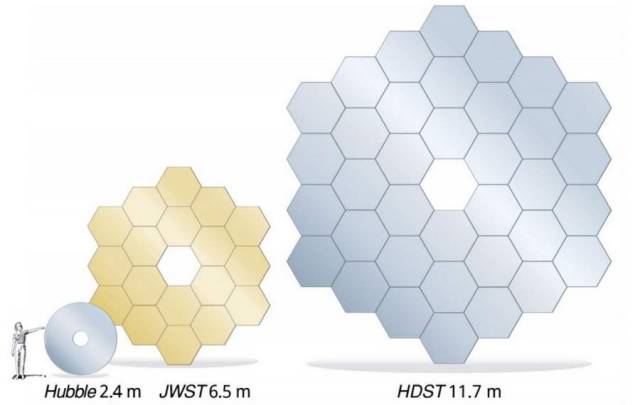
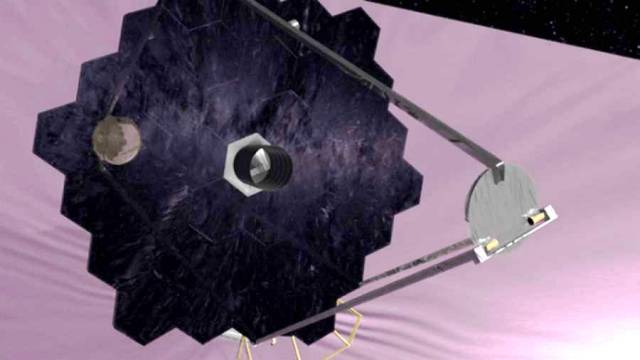
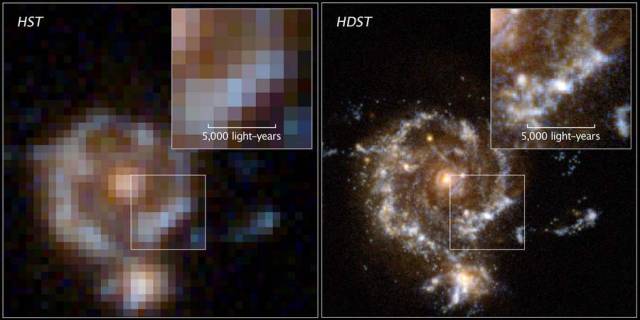

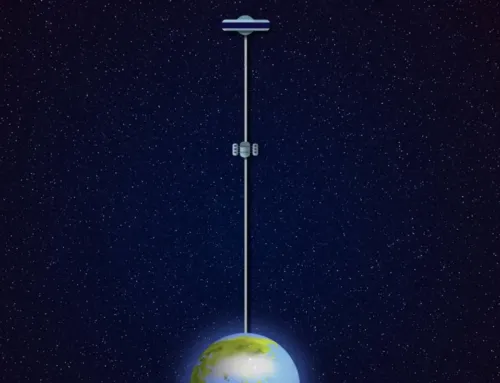
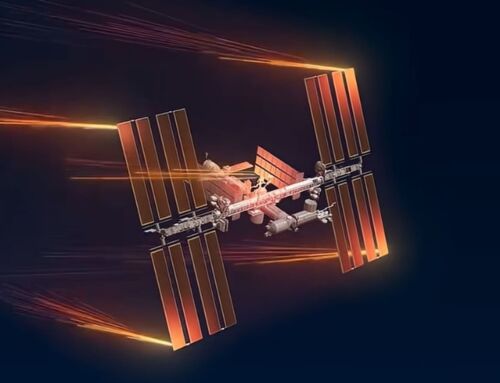
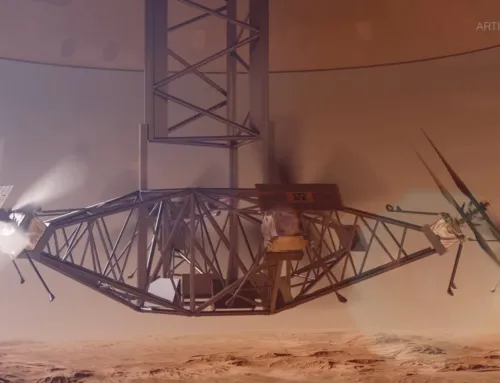
Leave A Comment